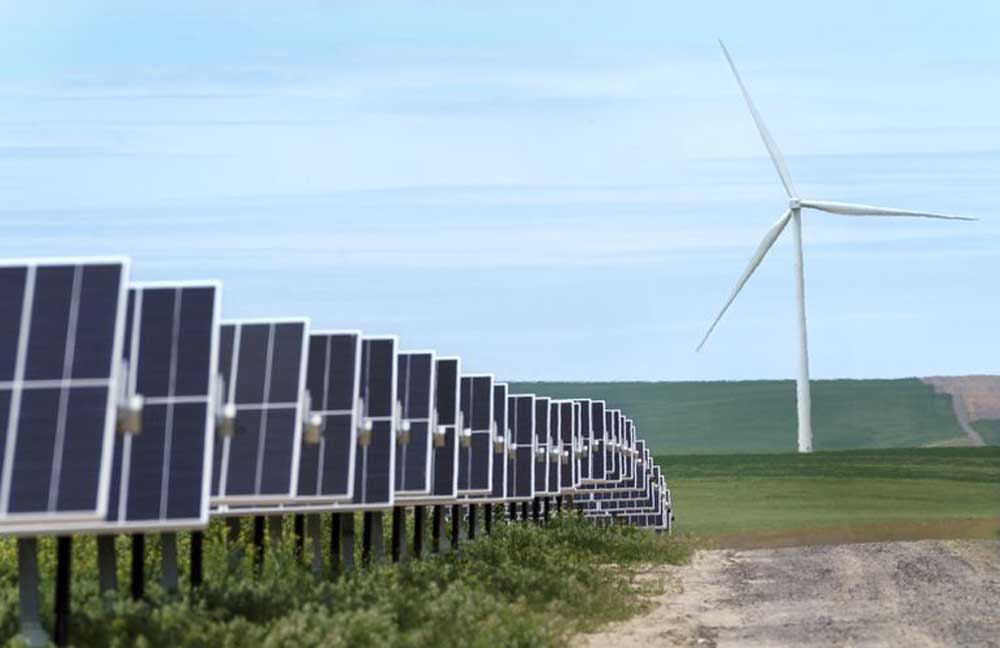Guest column: Fewer farms in the middle a challenge for rural communities
Published 7:00 am Wednesday, June 5, 2019
Chris Mertz, director of the USDA National Agricultural Statistics Service field office in Olympia, Wash., says that while the number of small farms continues to grow, larger farms continue to get bigger.
Farms both small and large, it seems, are feeding on the middle. That could have big ramifications for rural communities.
For purposes of the Census, the USDA defines a farm as any property that produces, or has the capability of producing, $1,000 worth of agricultural products a year.
Because the bar is so low, there are a lot of farms — 98,405 in Oregon, Washington and Idaho.
The USDA puts farms into one of three categories — small, medium and large — not by acreage but by total sales. A small farm is any operation with sales of less than $250,000. By that measure, 90% of the region’s farms are small.
Sixty-five percent of all farms produce less than $10,000 in revenue a year. Nearly a third did not actually sell $1,000 in product, but had the potential to do so.
A medium-sized farm has sales of more than $250,000 and less than $500,000. Just 3,477 farms qualify.
Large farms have sales of more than $500,000, and there are 5,871 of those in the Pacific Northwest.
The census measures what it calls “farm concentration of market value,” which reflects how many farms make most of a state’s income.
Just 2,870 farms in Oregon, Washington and Idaho, or 2.9% of the total, account for 75% of the region’s $21.8 billion in stales. Half the total is sold by 645 farms.
As more production becomes concentrated in fewer farms, Mertz said it speaks to fewer small farms growing and succeeding as mid-size farms.
“Farming is a challenging occupation,” Mertz said. “You need to get to the point of having the resources available to pay all your bills, raise your family and to have a balanced life. Sometimes in the middle category, there might just not be enough revenue.”
More than 55,000 primary producers in the region have off-farm jobs, and 36,000 work more than 200 days a year off the farm.
There’s nothing wrong with being a part-time farmer as long as there’s an off-farm job available to sufficiently supplement the farm income. If there’s not, that farm will be absorbed by a larger operation, or sold into hobby farms, and a family will have to move to find opportunities elsewhere.
The challenge for rural communities is to remain economically viable and able to provide the opportunities to support these farm families in the middle.








